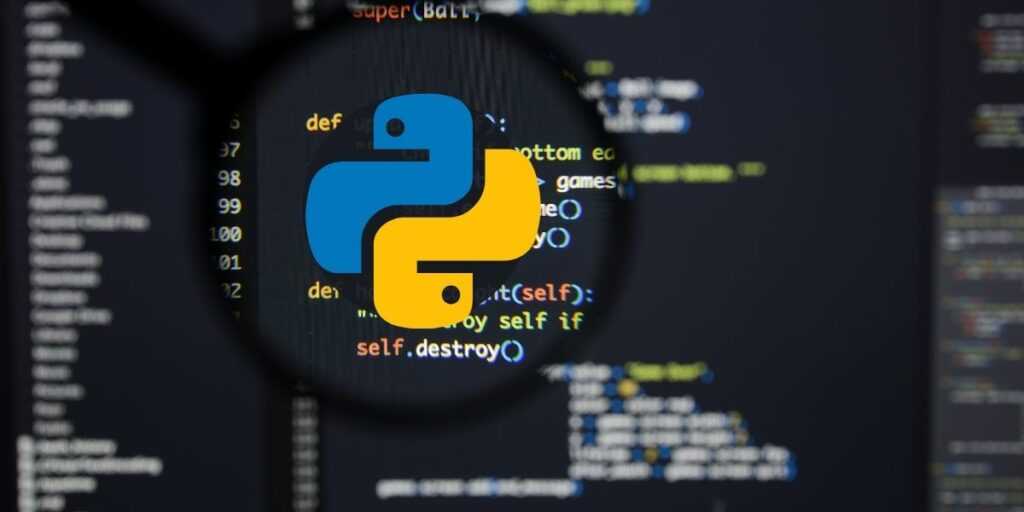Personal Career & Learning Guide for Data Analyst, Data Engineer and Data Scientist
Arrays are an important data structure in programming and they play a critical role in business analytics. An array is a collection of elements that can be stored and processed as a single unit. In Python, arrays are called lists, and they allow you to store and manipulate large amounts of data in a structured and efficient manner.
In business analytics, arrays are used to store and process large amounts of data, such as sales transactions, customer information, and product inventory. For example, you can use an array to store a list of customer names and perform various operations on that data, such as sorting the names alphabetically, searching for a specific customer name, and counting the total number of customers.
One of the benefits of using arrays in business analytics is that they provide a convenient way to store and access large amounts of data. For example, if you need to analyze sales data for a large number of products, you can store that data in an array and then access the data for each product individually. This makes it easy to perform operations on the data and analyze it in meaningful ways.
Arrays are also useful in business analytics because they allow you to perform operations on the data in a way that is easy to understand and interpret. For example, you can use arrays to perform calculations on sales data, such as calculating the total sales for each product, the average sales for each product, and the number of products that have sold above a certain threshold. These calculations can be performed quickly and easily with arrays, making it possible to gain valuable insights into your data.
In a nutshell, I would like to say that arrays are an essential tool for business analytics in Python. They allow you to store and manipulate large amounts of data in a structured and efficient manner, making it possible to perform a wide range of operations on that data. Whether you’re analyzing sales data, customer information, or product inventory, arrays are a powerful tool that will help you get the most out of your data and make informed decisions.
Python for Business Analytics – Chapter 17: Arrays
 Loading...
Loading...
Latest end-to-end Learn by Coding Projects (Jupyter Notebooks) in Python and R:
All Notebooks in One Bundle: Data Science Recipes and Examples in Python & R.
End-to-End Python Machine Learning Recipes & Examples.
End-to-End R Machine Learning Recipes & Examples.
Applied Statistics with R for Beginners and Business Professionals
Data Science and Machine Learning Projects in Python: Tabular Data Analytics
Data Science and Machine Learning Projects in R: Tabular Data Analytics
Python Machine Learning & Data Science Recipes: Learn by Coding
R Machine Learning & Data Science Recipes: Learn by Coding
Comparing Different Machine Learning Algorithms in Python for Classification (FREE)
There are 2000+ End-to-End Python & R Notebooks are available to build Professional Portfolio as a Data Scientist and/or Machine Learning Specialist. All Notebooks are only $29.95. We would like to request you to have a look at the website for FREE the end-to-end notebooks, and then decide whether you would like to purchase or not.
